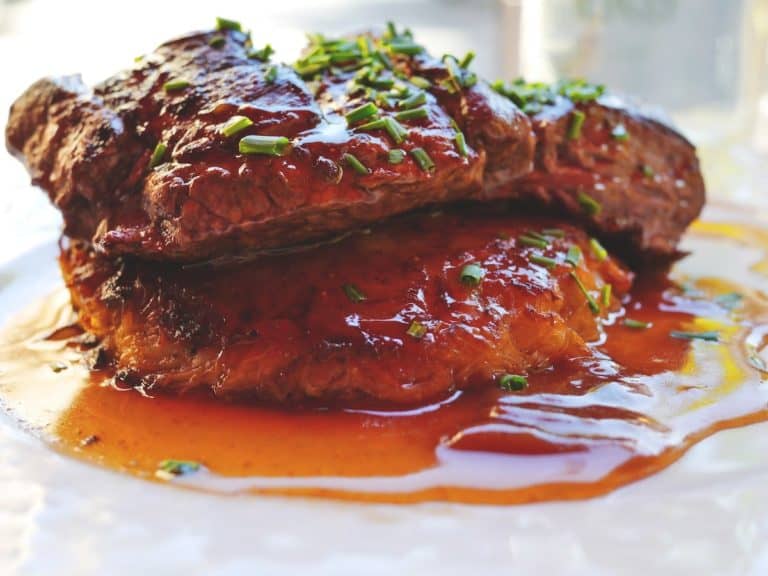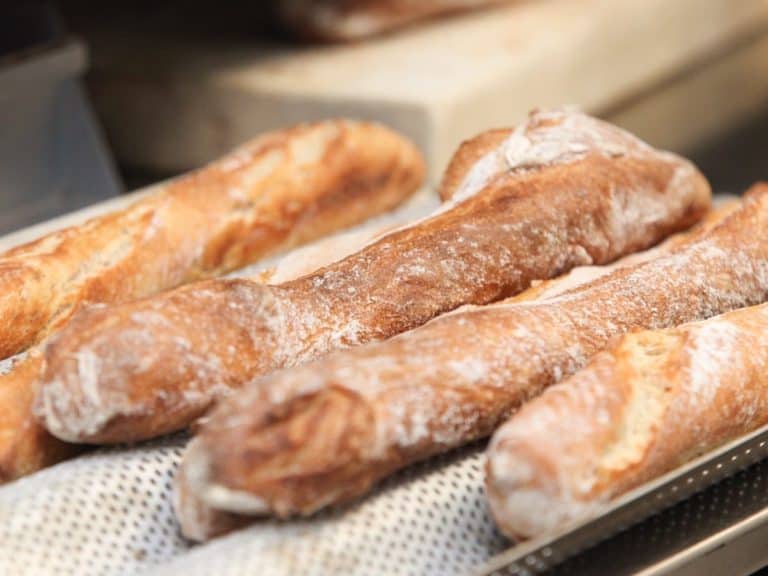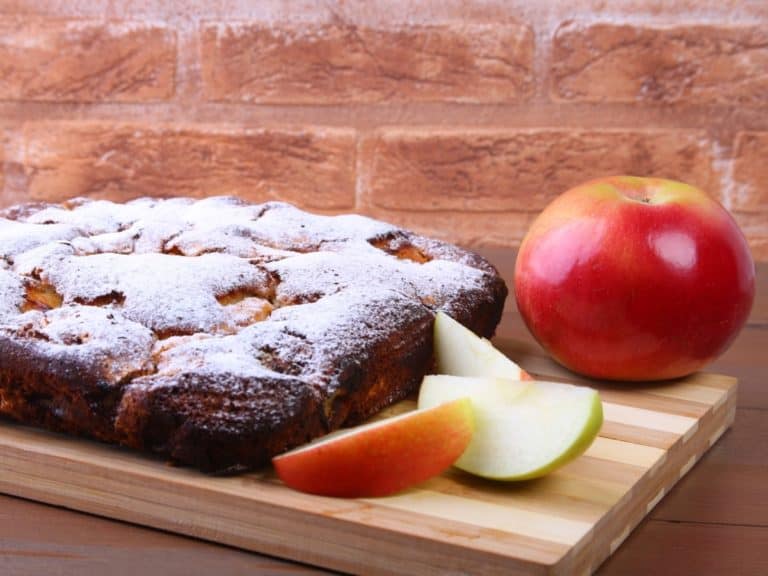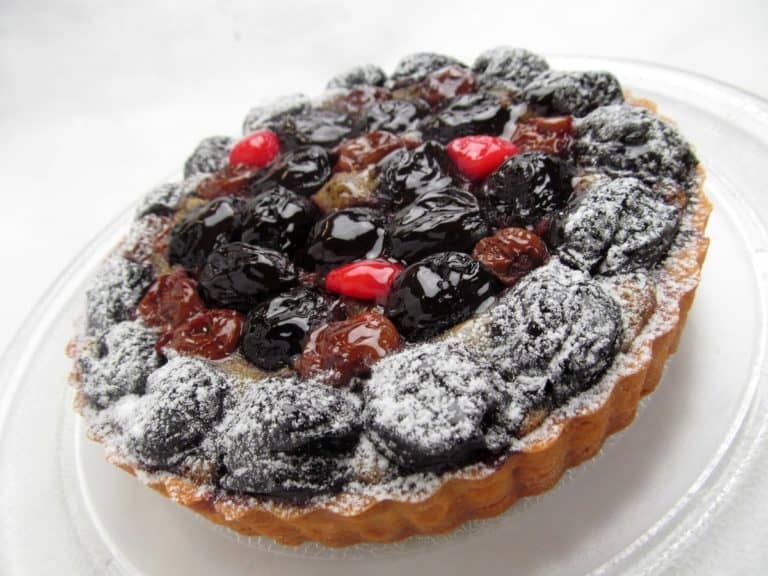Flammable or Not: Sugar Science
Whether you love creating saccharine masterpieces or doing science experiments in the kitchen, you may be wondering if sugar and fire is a dangerous pair that can put yourself, the ones you love and your home in peril.
Technically speaking, table sugar is not flammable. That’s because it won’t catch fire or ignite readily at an ambient temperature, unlike flammable materials or substances. Table sugar will have to be exposed to a tremendous amount of heat (662°F or 350°C) before it finally burns and catches fire.
But if sugar is far from being flammable, then why is there such a thing as the Imperial Sugar disaster?
Sugar is the one to blame for that tragic event alright.
However, it’s an entirely different type of sugar — although it could also be somewhere in your kitchen this very instant! And it’s exactly because of this why you should keep on reading. Below, we will talk about when and when you should not worry about having sugar around.
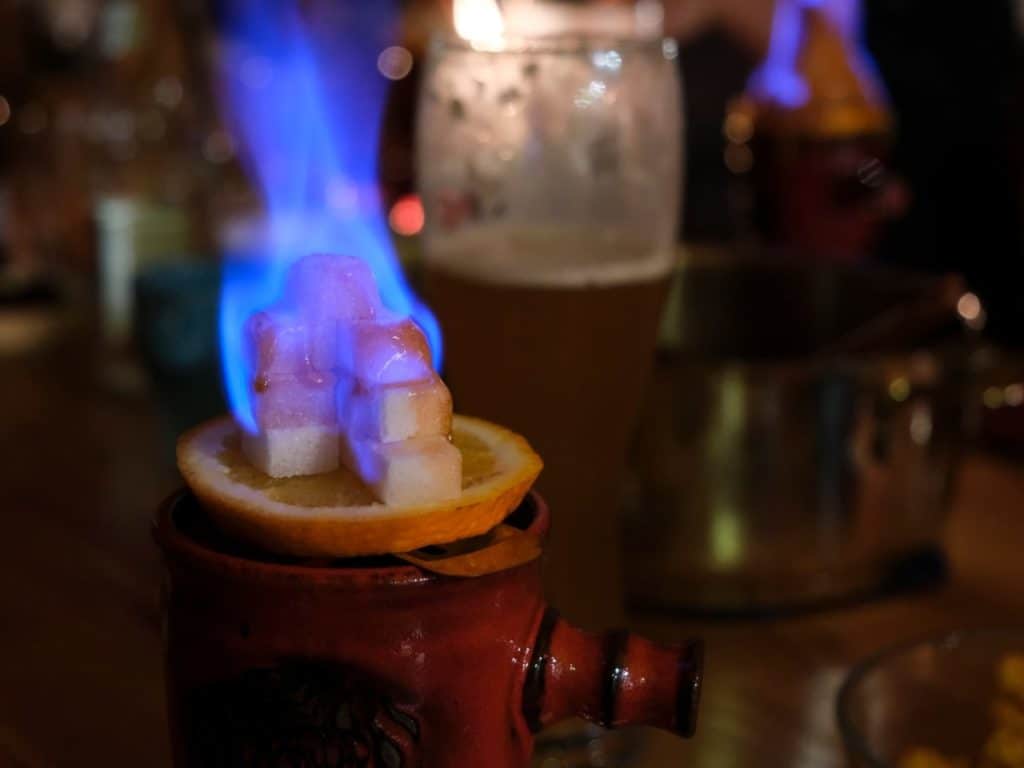
What Causes Sugar to Catch Fire?
The chemical composition of table sugar allows it to catch fire when exposed to high temperatures. Each element in every sugar molecule (carbon, hydrogen and oxygen) is combustible, especially under the right conditions. However, it doesn’t necessarily mean that table sugar will catch fire easily.
Unattended cooking: experts agree that this is the number one cause of kitchen fires.
Some of the common reasons for fires in the kitchen include leaving cooking appliances running, using faulty kitchen appliances and placing combustibles too close to sources of heat.
And speaking of combustible, did you know that frying with oil could also potentially burn down the kitchen and, if left uncontrolled right away, the entire home?
Whether vegetable or animal-based, cooking oil could burst into flames no sooner after reaching its smoke point — the temperature at which it starts to break down and produce toxic fumes.
Needless to say, cooking with oil at or past its smoke point might not only ruin whatever meal you are trying to whip up but also char your kitchen and, ultimately, the rest of your belongings and property.
Let’s take a quick look at the smoke points of some of the most commonly used cooking oils:
| OIL | SMOKE POINT |
| Extra-virgin olive oil | 325°F to 410°F (163°C to 210°C) |
| Coconut oil | 350°F to 385°F (175°C to 196°C) |
| Sesame oil | 350°F to 410°F (175°C to 210°C) |
| Lard | 370°F (188°C) |
| Canola oil | 400°F to 450°F (204°C to 230°C) |
| Corn oil | 410°F to 450°F (210°C to 230°C) |
| Sunflower oil | 440°F (230°C) |
| Peanut oil | 440°F to 450°F (227°C to 230°C) |
| Soybean Oil | 450°F to 495°F (230°C to 257°C) |
| Safflower oil | 510°F (265°C) |
| Refined avocado oil | 520°F to 570°F (271°C to 299°C) |
And this takes us back to sugar: compared to the various cooking oils mentioned above, it will take more heat before table sugar ignites. As mentioned earlier, sugar will catch fire when exposed to 662°F or 350°C.
However, it doesn’t mean that it will also require a lot of heat before table sugar burns. Long before sugar combusts, it would start to turn brown.
In some instances, it is deliberately done — many delectable recipes require sugar to be exposed to high temperatures to caramelize it and make a gastronomic creation look, smell and taste better.
Table sugar will start to caramelize at 338°F to 380°F (170°C to 193°C). On the other hand, it will start to truly burn at 410°F (210°C), which is 252°F (140°C) away from before it ignites.
Sugar’s molecular formula is C₁₂H₂₂O₁₁. This means that every molecule has 12 atoms of carbon, 22 atoms of hydrogen, and 11 atoms of oxygen. Carbon, hydrogen, and oxygen are all flammable elements. But since they are packed inside every granule of table sugar, not a lot of them are exposed to air, which is essential for starting a fire.
It’s exactly due to this reason why, although it can ignite when exposed to really high temperatures, sugar won’t necessarily explode. However, powdered sugar is a game-changer.
Besides catching fire without much trouble because more of its combustible elements are exposed to air (as a result of being made up of finer particles), powdered sugar could, in some instances, also cause explosions! So, don’t stop reading now if you have powdered sugar in your kitchen and you don’t want it to wreak havoc on your life.
Related Article: Is Salt Flammable?
What Makes Sugar Explode?
Being in powder form can make sugar explode. The various elements in every sugar molecule, which is all three of them, are more in contact with air. This allows every particle of powdered sugar to combust easier, especially when dispersed in air, and might even cause an explosion collectively.
It can take a while before table sugar bursts into flames. However, it is a completely different story with powdered sugar — the smaller particles and increased surface area exposed to air make it ignite without much trouble.
Also, one particle of powdered sugar igniting after the other could lead to an explosion!
Heard about the so-called Imperial Sugar disaster?
On February 2, 2008, a huge explosion, followed by a fire, occurred at the Imperial Sugar, which is a sugar manufacturing facility located in Port Wentworth, Georgia. The tragedy caused 14 deaths and injured almost 40 people, some of whom sustained serious and life-threatening burns.
The explosion, investigators believed, was likely due to an overheated conveyor located just below the sugar silos, causing sugar dust suspended in the air to overheat, ignite and cause a chain reaction of powdered sugar explosions.
If you think that this is the first time powdered sugar has killed and injured people, think again.
After investigating some combustible dust-related occurrences over a period of two years, the US Chemical Safety and Hazard Investigation Board (CSB) learned that, between 1980 and 2005, various industrial facilities were extensively damaged by 281 volatile dust explosions, killing 119 workers and injuring 718 others.
Just because sugar dust could cause explosions, injure people and take away lives doesn’t mean right away that you should throw away any powdered sugar in your kitchen and give up baking. That’s because powdered sugar in its container, sprinkled on a countertop or mixed with other ingredients is unlikely to explode.
For powdered sugar to be lethal, its fine particles should be floating in the air — this increases contact with oxygen in air, which is essential for combustion.
Powdered sugar comes in many names, and they include:
- Confectioner’s sugar
- Icing sugar
- 10x sugar
- Ultrafine sugar
- Superfine sugar
Unless you are blowing powdered sugar in the air and your kitchen is scorching hot, suffering from serious burns and burning down your house should be the least of your worries when making a mouthwatering dessert that requires the use of this finely powdered sweet stuff.
But for your ultimate peace of mind, here are some smart tips on storing and using powdered sugar:
- Store powdered sugar away from sources of heat such as the oven and stove.
- Do not place a container of powdered sugar next to combustible materials.
- Keep cooking attended — unattended cooking accounts for 47% of kitchen fires.
- Keep the kitchen ventilated very well to prevent the accumulation of excess heat and powdered sugar in the air.
- Always keep your kitchen spick and span.
Just Before You Sweeten Stuff With Sugar
Whether powdered or not, there is something more dangerous than sugar causing a fire or an explosion. And it’s none other than the fact that too much of this sweet substance is bad for the health. Make sure that you use sugar in moderation only as excessive amounts of it is a risk factor for serious problems such as obesity, diabetes and heart disease.
Related Questions
Why doesn’t sugar heat up in the microwave?
Sugar doesn’t heat up in the microwave because it is practically devoid of water. A microwave heats up food by causing the molecules of water in it to rub against one another, thus producing heat. According to the European Union (EU) sugar policy, table sugar should have no more than 0.06% moisture.
Can sugar increase body temperature?
The intake of sugar can cause the core body temperature to climb. Even in people who do not have diabetes, an increase in the levels of blood sugar can increase the temperature of their bodies. Eating food, whether or not it has sugar, can also cause a slight increase in the core body temperature.

